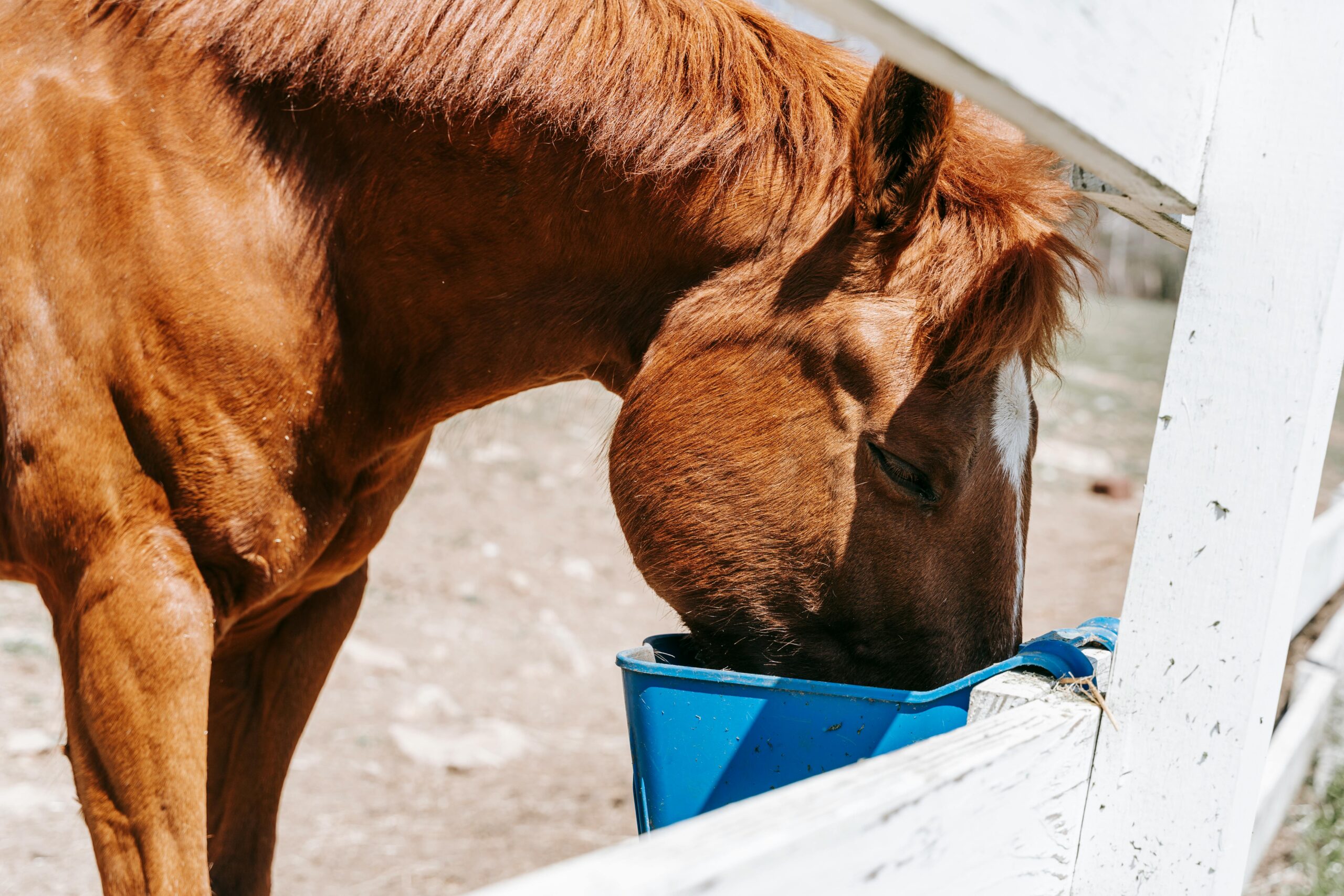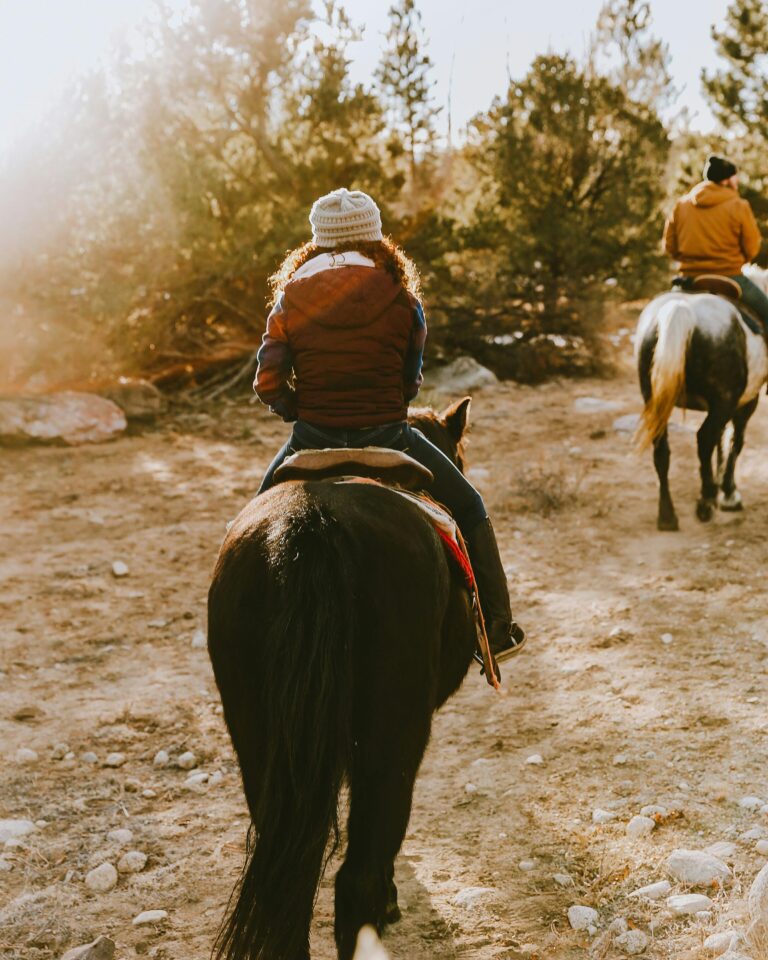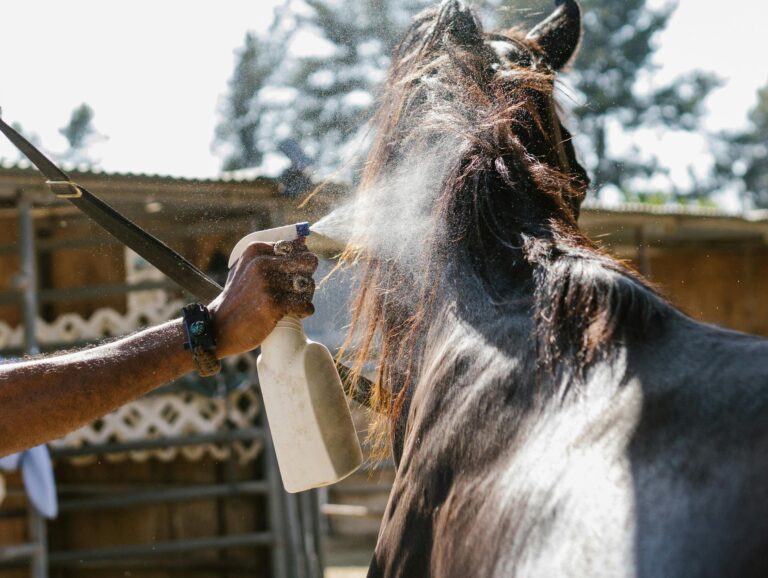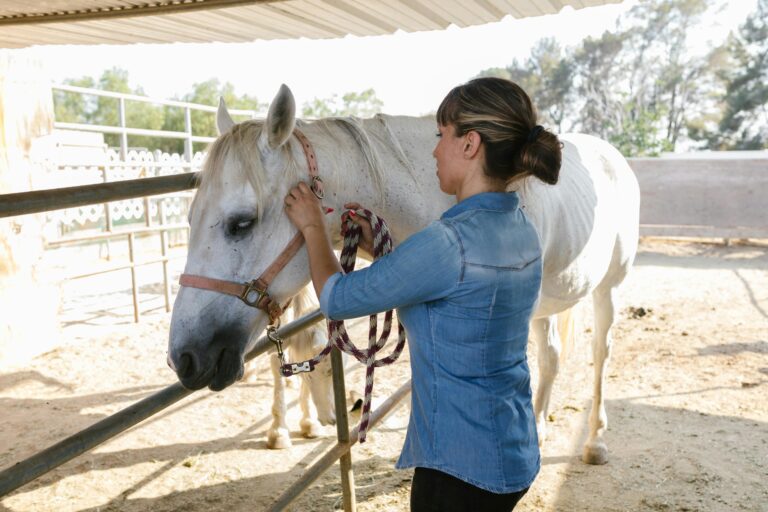Feeding a horse may seem as simple as offering hay and grain, but creating a truly balanced diet requires a thoughtful understanding of your horse’s needs. Whether you have a weekend trail partner or a competition athlete, nutrition plays a vital role in overall health, performance, and longevity.
Start with Forage First
Forage should always be the foundation of a horse’s diet. Horses are grazing animals and require access to good-quality hay or pasture to maintain digestive health. Most adult horses need about 1.5 to 2 percent of their body weight in forage daily. For a 1,000-pound horse, that equates to 15 to 20 pounds of hay per day.
Grass hay, such as timothy or orchard grass, is often suitable for most horses. Alfalfa can be added for horses that need additional calories or protein, but it may be too rich for easy keepers or horses prone to metabolic issues.
Understand Energy Needs
The caloric needs of a horse vary greatly depending on age, workload, metabolism, and body condition. Pleasure horses in light work may do well on hay alone, while performance horses often need concentrated feeds to meet their energy demands.
Grains and commercial feeds can help fill this gap but should be used with care. Always feed by weight, not volume, and choose a product that matches your horse’s activity level. For hard-working horses, fat sources like stabilized rice bran or vegetable oil can be a safe way to add calories without increasing starch.
Protein and Amino Acids
Protein is crucial for muscle repair and development, especially in young, growing horses and those in training. However, more protein is not always better. Quality matters more than quantity. A mature horse in light work typically needs about 10 to 12 percent crude protein in the total diet.
Soybean meal and alfalfa are common high-quality protein sources. Look for feeds with balanced amino acid profiles, particularly lysine, which is often the first limiting amino acid in equine diets.
Don’t Overlook Vitamins and Minerals
Horses on hay-based diets often require additional vitamins and minerals. Many commercial feeds are fortified to meet these needs when fed at the recommended rate, but if you are feeding less than the label suggests, your horse may not be getting enough.
A ration balancer is an excellent option for horses who maintain weight on forage alone. These concentrated feeds provide essential nutrients without extra calories. Electrolytes and salt blocks are also necessary, especially in hot weather or for horses in heavy work.
Water is a Nutrient Too
Clean, fresh water must always be available. Horses can drink 5 to 15 gallons a day depending on temperature, workload, and diet. Dehydration can lead to serious health issues, including impaction colic. Heated buckets or tank heaters in winter and multiple water sources in summer can encourage adequate intake.
Conclusion
A balanced diet goes beyond hay and grain. It considers the individual horse’s needs, the quality of forage, and the right supplementation of nutrients. By evaluating your feeding program with your veterinarian or equine nutritionist, you ensure your horse stays healthy, happy, and ready for whatever you ask of them.




